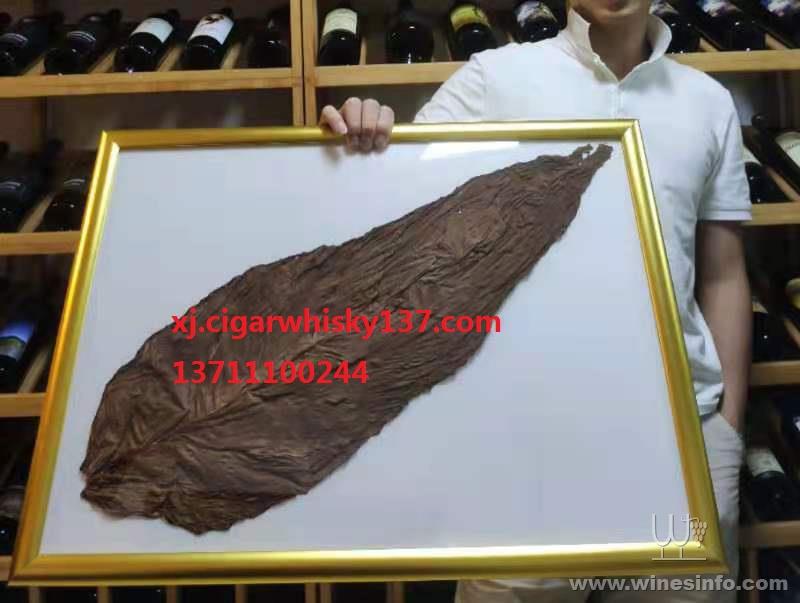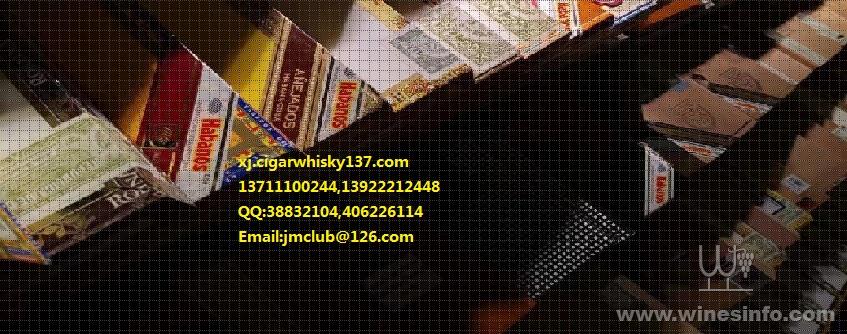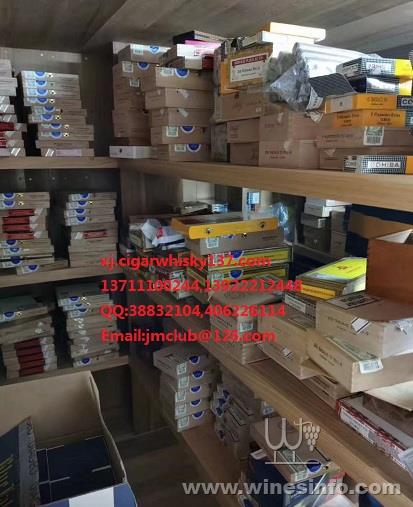
酒窖装饰图 五大名庄 木桐/武当酒标图
Chateau Mouton Rothschild For The Labels
型号
规格 70*100cm
材料 纸
说明 武当酒标图,用来装饰店面,为店面营造浓郁的葡萄酒零 售氛围.
自从1945年起,Chateau Mouton Rothschild酒庄开始每年在酒标的上部用一幅艺术家的绘画作品作为标签的装饰。这成为Mouton酒庄的标志之一,也是Mouton的精明营销手腕的一个代表。很多人仅仅是为了收藏酒标而要将Mouton买齐,这一方法后来也被一些别的酒厂所效仿。

Château Mouton Rothschild is little more than a dot on the map of France, a few acres of vines in the middle of the Médoc, 30 miles north-west of the city of Bordeaux.
In 1853, Baron Nathaniel de Rothschild, a member of the English branch of the family, bought the estate of Brane Mouton, part of the parish of Pauillac. He renamed it Mouton Rothschild. This was to link for the first time two great names: that of a great estate in the Médoc, and that of a famous family, already synonymous with sophistication and succes. In 1922 a young man of twenty, Baron Nathaniel's great-grandson, fell in love with the estate and took the future of Mouton into his own hands: he was Phillipe de Rothschild.
Until 1924, as in every vineyard in the Médoc, Château Mouton Rothschild wine was sold in casks to a merchant in Bordeaux who became responsible for everything that happened afterwards: maturing, bottling, labeling and marketing. With no rights over the finished product, the owner took little interest in the appearance of the bottle. In 1924 Baron Philippe de Rothschild made a decision, revolutionary at the time, to bottle the entire harvest before it left the property.
From that time on, the label took on a new importance and a new function: it became the trademark, the proof of origin, the quarantee of quality and the signature of the vineyard. It was the famous poster designer Jean Carlu he commisioned to design the label for the 1924 vintage. It remains today as one of the greatest examples of the Cubist influence in commercial art.
With the Liberation of France, to celebrate the return of the peace and to mark a new beginning, Baron Philippe conceived the idea of dedicating the vintage of 1945, one of the greatest of the century, to 'Année de la Victoire, the year of the Victory. He commissioned the young painter Philippe Jullian to produce a graphic design based on the "V" sign made famous by Winston Churchill during the war.
That exception became the rule, and from 1946 on a contemporary artist was commissioned every year to create an original work to illustrate the label. The relationship between the artists and the owners of Mouton has always been based on friendship and trust. But also on mutual independence. Every artist is at liberty, following his own inspiration, to interpret the themes of the vine, the pleasure of drinking or the symbol of the Ram. Mouton is equally at liberty to reject a work if they consider it is not what they want or if it fails to fit the specific limitations of the label. The artists are paid no money for their work, but given instead a certain number of cases of wine of two different years, obviously including the year they provided the label.
Since Baron Philipe's death in 1988, Philippine, the Baron's only daughter, has become wholly involved in Mouton and the family firm. It has become her responsibilty to choose the painter to illustrate the Mouton Rothschild label.





